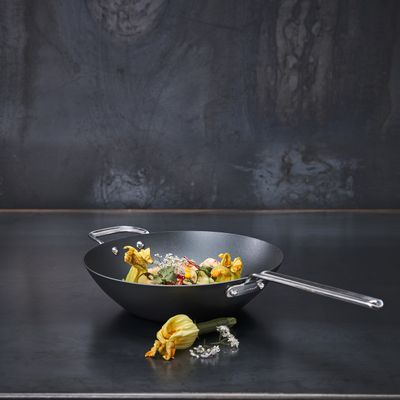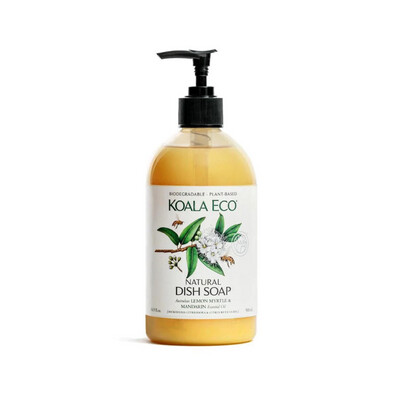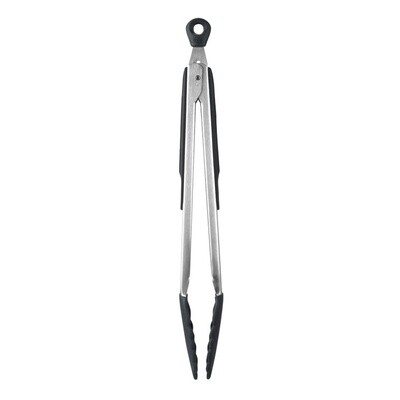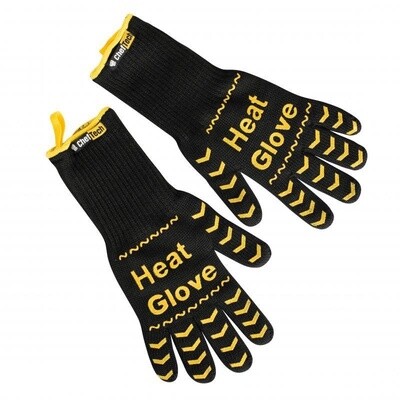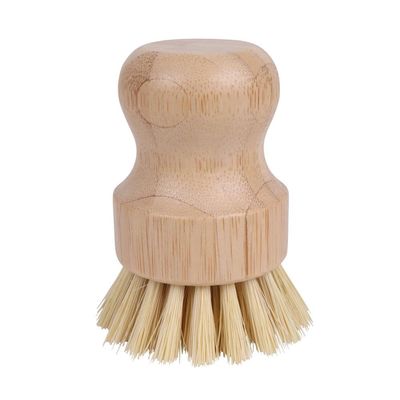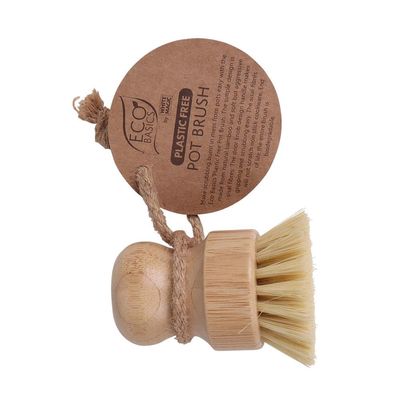How to Season Black Carbon Steel Cookware for Long-Lasting Non-Stick Performance
Proper seasoning helps create a slick, durable cooking surface that lasts for decades.
Learn how to season black carbon steel cookware in a few simple steps. Build a natural non-stick layer that improves every time you cook.
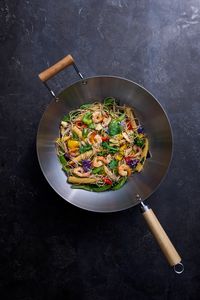
Why Season Carbon Steel?
Carbon steel cookware is prized for its lightweight build, heat responsiveness, and restaurant-quality results. But to unlock its full potential, seasoning is essential. Seasoning builds a natural non-stick coating made from polymerised oils that protects the surface and improves food release over time.
Think of it as a pan that gets better the more you use it—but only if you season it properly.
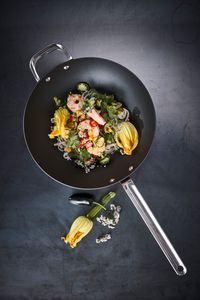
What You'll Need
Black carbon steel pan (e.g., De Buyer Mineral B or Lodge Carbon Steel)
Dish soap
Paper towels or a lint-free cloth
Neutral, high-smoke-point oil (grapeseed, flaxseed, or canola)
Tongs
Heat source (stovetop or oven)
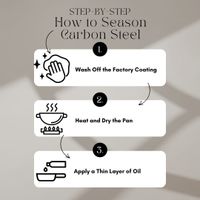
Step 1: Wash Off the Factory Coating
New carbon steel pans often come with a protective beeswax or lacquer coating. This must be removed before seasoning.
Use hot water and a small amount of dish soap.
Scrub thoroughly with a sponge or brush.
Dry the pan completely.
🧼 Tip: This is the only time you should use soap on your carbon steel pan!
Step 2: Heat and Dry the Pan
Place the pan over medium heat to remove any moisture. Water left on the surface can prevent the oil from bonding properly.
Make sure the pan is bone dry before applying oil.
Step 3: Apply a Thin Layer of Oil
Using a folded paper towel or cloth, rub a very thin layer of oil over the entire surface, including the sides and handle.
The pan should look glossy, not greasy.
Buff away excess oil with a clean towel. Too much oil = sticky surface.
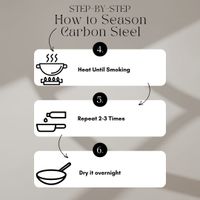
Step 4: Heat Until Smoking
Place the pan over high heat (or into a 230°C oven) until it begins to smoke.
The oil will darken and bond to the surface. This process takes 10–15 minutes on the stovetop or 45 minutes in the oven.
The more layers you build, the darker and slicker the pan becomes.
Step 5: Repeat 2–3 Times
For best results, repeat the oiling and heating steps two to three times. Each cycle builds a stronger seasoning layer.
Step 6: Dry it overnight
Leave the cookware overnight to allow the oil and Iron to build the natural layer.
Common Questions
Q: Why is my pan sticky after seasoning?
Too much oil! Use a very thin layer and buff it out before heating.
Q: Can I season in the oven?
Yes, and it’s great for even coverage. Just make sure your pan is oven-safe (most carbon steel is).
Q: Can I use olive oil?
It’s better to use neutral oils with high smoke points. Olive oil can break down too easily.
Aftercare Tips
Avoid Soap: Clean with hot water and a soft brush only.
Dry Immediately: Prevent rust by drying over heat after washing.
Re-Oil Lightly: Add a drop of oil after each use to maintain the seasoning.


